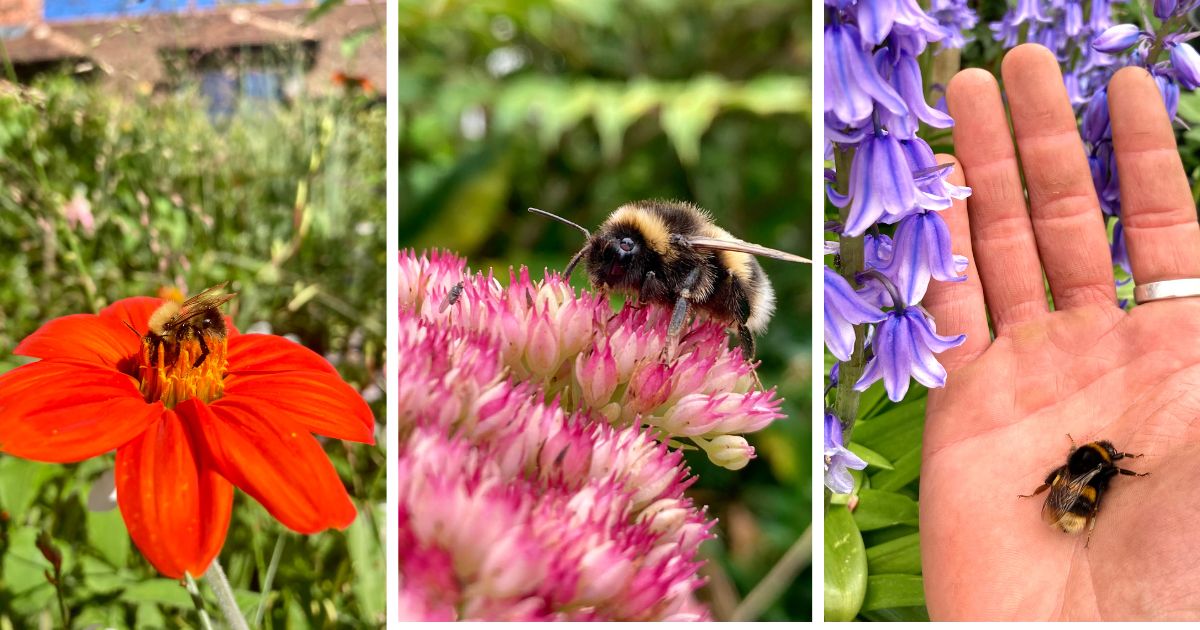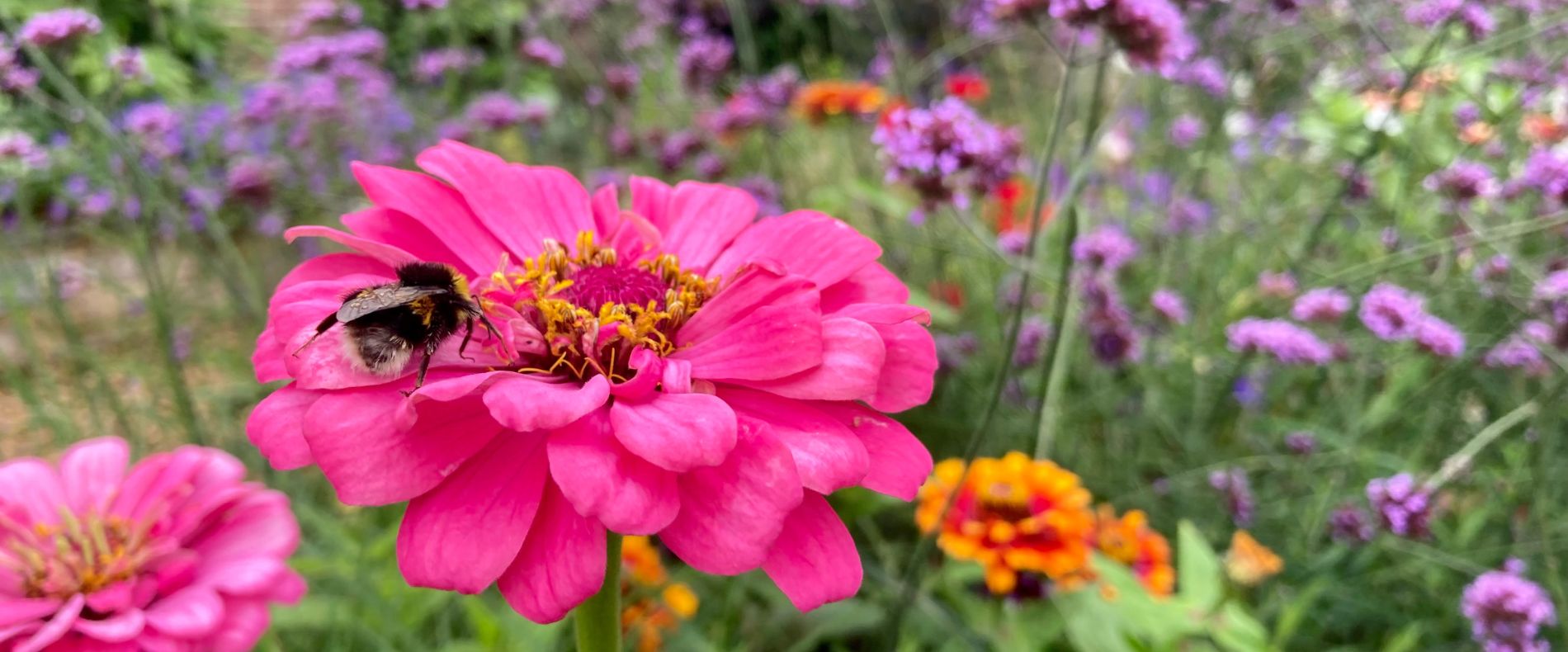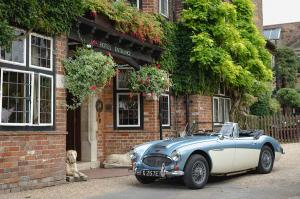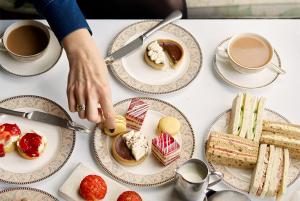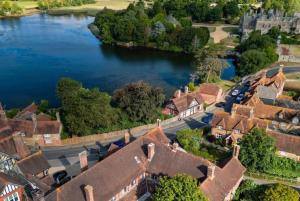How to Nurture a Bee-Friendly Garden
13th Mar 2024
At the Montagu Arms Hotel, we take pride in our bee-friendly garden and invite you to join us in creating a haven for these vital pollinators. We sit down with our talented gardener, Matt, who has partnered with the Bumblebee Conservation Trust to share expert tips and insights on creating a buzz-worthy garden. From plant selection to habitat creation, learn how to make your garden a sanctuary for bees and contribute to their conservation efforts with Matt’s tips and tricks.
1. Welcome to the blog, Matt! Before we begin, can you explain a little bit about why having bumblebees in the garden and wider environment is so important?
It’s a pleasure! Bumblebees are really important to the planet because of their ability to pollinate. They pollinate many crops that provide us with food to eat and also flowers within our landscape. Without their hard work, many wildflowers, animals, and the ecosystem which depend on them could decline dramatically or even disappear altogether.
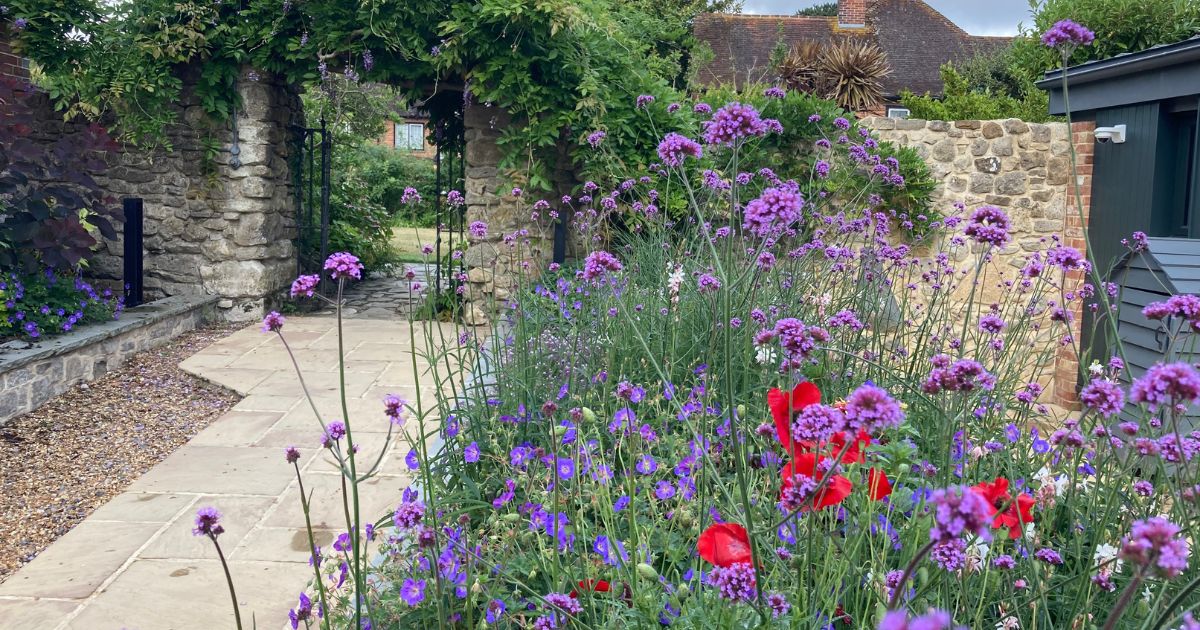
2. They really do play a vital role for us. So, what plants can we grow to encourage them into our gardens?
First, I’d recommend doing a bit of research so you can grow plants that provide nectar and pollen - not all plants do! Then, plan to plant for the year, not just summer. Consider late winter flowers such as mahonia and winter honeysuckle. Spring flowers like crocus, bluebells, muscari and flowering currant. Summer flowers could include: allium, borage, poppies, sweet peas, foxgloves, marigolds, cosmos, verbena and lavender.
TOP TIP: Bumblebees see in ultraviolet, so if you want to do the best you can for them, you should plant flowers that are blue, green, purple, yellow and white.
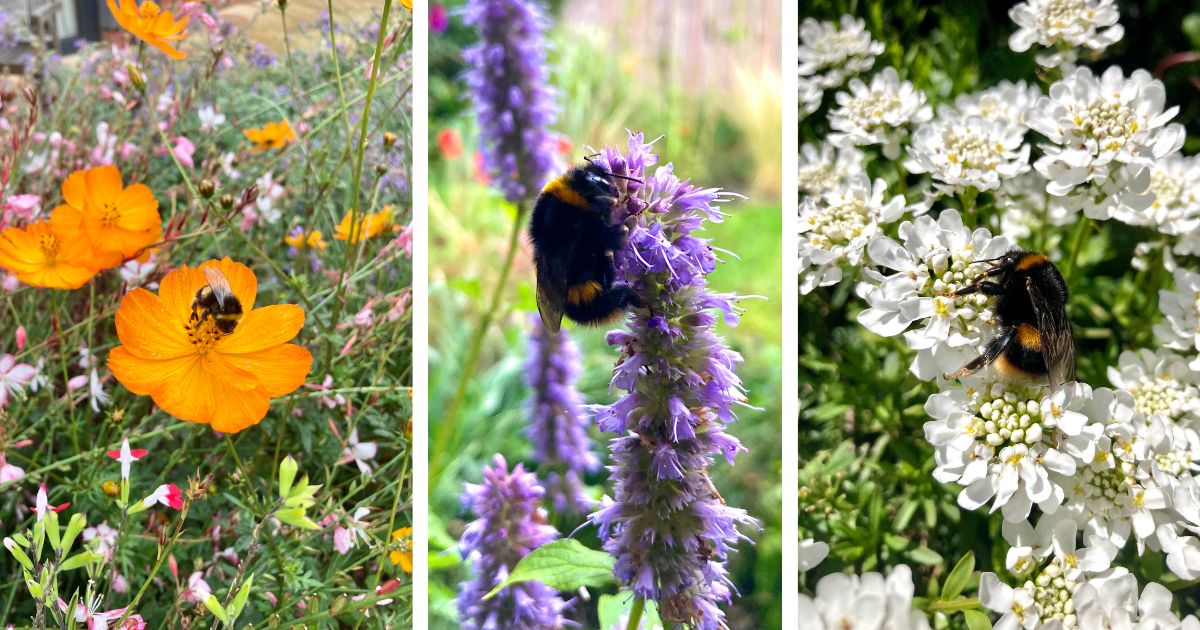
3. Any final words of wisdom for the green-fingered among us who want to help the bumblebees?
If you really want to go the extra mile, you could provide potential nesting sites for queens emerging from hibernation in spring. You can do this by providing spring flowers rich in pollen and nectar - queens will set up near a food source to make their journeys out shorter.
Later in the year, you could leave some grass to grow long for ground nesting bees, between March and October. Put up bird boxes with some nesting material inside. Don’t be too tidy; pile up logs, sticks and leaves. Once you create these spaces, leave them alone for bees to go undisturbed. Get rid of artificial grass and throw away all your pesticides. A natural garden is the best garden!
Facts About Bumblebees
• Bumblebees have ‘smelly feet’! After feeding, they leave a scent on the flower to tell other bees it has recently been visited. Other bees won’t then waste their energy landing here, as the flower now has very little nectar or pollen.
• Male bumblebees can’t sting. Females (the queen and her workers) have stingers but it’s very unlikely that they will sting you; unless they feel threatened. They also won’t die after stinging as their stinger is smooth, not barbed, therefore it can sting more than once if it needs to.
• There are 250 species of bumblebee in the world, 24 live in the U.K. with two so far gone extinct.
• Bumblebees have such a fast metabolism, they’re only ever about 40 minutes away from starvation.
• Bumblebees flap their wings 200 times a second! They use this to cool down their nest, much like we do with ceiling fans.
• Bumblebees have no arteries or veins. All of their organs sit in a pool of blood within their body.
• If you see a bumblebee struggling on floor, you can offer out a finger and it may hold on. Carefully take the bee to a nearby flower and allow it to feed. It can often regain enough energy to fly off within a matter of minutes.
• Bumblebees don’t drink water because they generally get all they need from the nectar within flowers.
Supporting the Bumblebee Conservation Trust
The Bumblebee Conservation Trust are passionate about saving bumblebees. The charity runs a wide variety of projects across the country, conduct academic research projects to support the latest bumblebee and pollination science, and advise land managers on the best ways to support bumblebees on their land as part of their work.
At the Montagu Arms Hotel, we support the Bumblebee Conservation Trust and its work by including their activity packs in our children’s break hampers, encouraging even our littlest guests to help save the bees. Our gardener Matt is also an ambassador, working closely with the charity to ensure our beautiful garden remains bee-friendly.
CEO of the Bumblebee Conservation Trust, Gill Perkins, says:
As essential pollinators, bumblebees, play a vital role in our lives. They make it possible for us to grow crops such as fruit and vegetables and to enjoy thriving parks and our gardens and the wider natural landscape. Without them, our diets, our health and our lives would be less rich – and our food scarce and expensive, and with much less variety.
Our gardens are a potential rich source of food for bumblebees, and essential to reversing their declines.
TOP TIP: A visit to the Bumblebee Conservation Trust’s project, ‘Bee the Change’ site here provides loads of free resources for small simple actions we can all take in our gardens to help bumblebees. Plan to have something in flower throughout the flight season – from February through to October.
They also have over 700 of the best plants for bumblebees on their BeeKind site, also free, and if you are feeling competitive you can score your garden for Bee friendliness!
